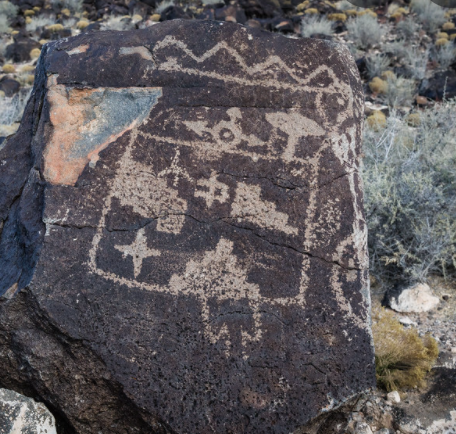With the world’s economy expanding at record pace, precious metals are a great way to diversify your portfolio. Because they are relatively stable, these assets can provide a hedge against the ups and downs of the stock market. This article will outline how you can invest in gold, silver, and platinum. Once you’ve decided to invest in precious metals, consider how they will benefit your financial future. You’ll find many benefits from owning these assets, including tax advantages and the potential for huge gains.
Certificate of Ownership
You can purchase a certificate of ownership for a specific amount of gold or silver. These certificates are held by a bank on behalf of the investor. There are two different types of precious metal certificates, referred to as pooled or allocated accounts. Allocated accounts provide the investor with an ownership certificate, and pooled accounts offer investors the opportunity to buy a specific quantity of gold or silver. Both of these options require an upfront certificate fee and ongoing storage fees.
Inverse Correlation to the Economy= A Good Thing!
Gold and silver are attractive investments, much because of their value is inversely correlated to the economy. During unstable times, they may be out of favor as a safe haven and an investment alternative. In these situations, precious metals can be a good way to diversify your portfolio. However, they do come with risks. Before investing, consider your risk profile and desired returns. It’s important to note that investing in precious metals may not be right for everyone. In order to make sure you’re not losing money, consider what you’re buying and where you’ll be storing it.
Diversification
Besides being an excellent hedge against inflation, precious metals are also great for diversification. Although you need to keep them in physical storage, they can add valuable diversification to your portfolio. The best way to invest in precious metals is to work with a reputable investment manager or financial advisor. They’ll know what to look for and how to vet the seller. When you buy precious metals, it’s best to check out the history of the company you’re buying from.
While buying physical precious metals grants direct ownership title to the precious metal, investing in fully-backed physical exchange-traded offerings (ETOs) gives you beneficial ownership over the underlying metal. When the spot price is high, these investments will reward you. Likewise, when spot prices fall, the mining companies will feel the pain. The stocks of mining companies fluctuate with the commodity’s value. A good example is Robinhood, which offers free shares worth up to $200. Robinhood also allows you to buy fractional shares for even greater flexibility.
Regardless of which investment option you choose, the process can take up to three weeks. While you may be able to invest in precious metals through a traditional IRA, this investment requires extensive due diligence on the company. A qualified financial advisor can help you understand the potential risks and benefits of this investment. In addition to IRAs, you can also invest in precious metals using a self-directed IRA. You can also invest in precious metals through a self-directed retirement account or a gold IRA.
There are many advantages to investing in precious metals. While gold and silver are the most common, you can also invest in a combination of different metals. The main benefits of investing in precious metals include stability and a shield against inflation. The most important aspect of investing in precious metals is that you don’t have to actually hold them in your hands. This makes them a valuable asset in any well-balanced investment portfolio.
Physical Metals
Physical precious metals are purchased through a dealer. You can choose between buying gold coins or silver bullion through a physical location or an online dealer. There are also ETFs that track the price of these metals and can be bought or sold on the stock market. You’ll be able to purchase these precious metals through major brokerage firms, as well as some commercial banks. The process is similar to buying and selling commodities, but there are some important differences.
While precious metals are a safe and popular investment, they can be risky. Investors may find themselves in an economic situation where the value of their precious metals is decreasing. If this happens, they may have to liquidate their investment to pay bills. It’s always important to understand the risks associated with precious metals investments. This article will provide some basic tips on how to invest in precious metals. You can invest in gold, silver, platinum, and other precious metals.
